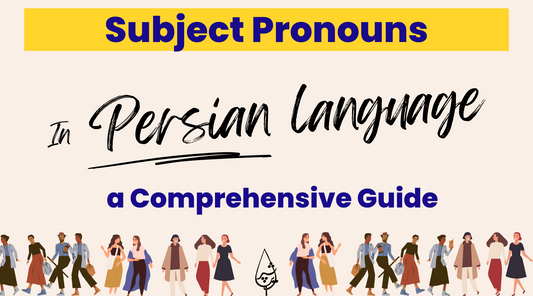Hello, dear Persian learners!
In my journey as a Persian language teacher, I've come across a common misconception rooted in some traditional books, possibly influenced by Arabic paradigms. They simplistically categorize Persian vowels as 'short' or 'long,' suggesting a mere difference in length. However, as we delve into this blog post, I'll reveal a more profound truth: The distinctions among Persian vowels are not merely quantitative but qualitative.
Let's grasp the richer, nuanced reality of Persian phonetics.*
In the book "A Comprehensive Persian Grammar" the writer(s) cited that "the quantitative distinction is only relevant in the scansion (and recitation) of poetry" (page 4).




